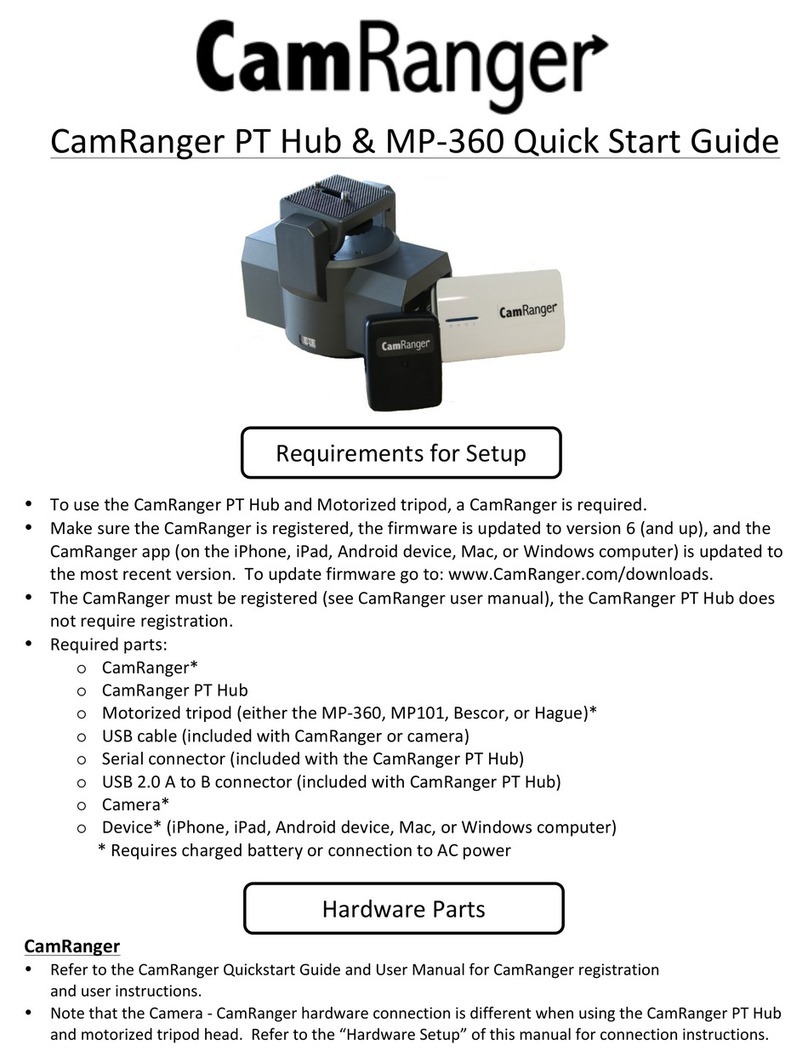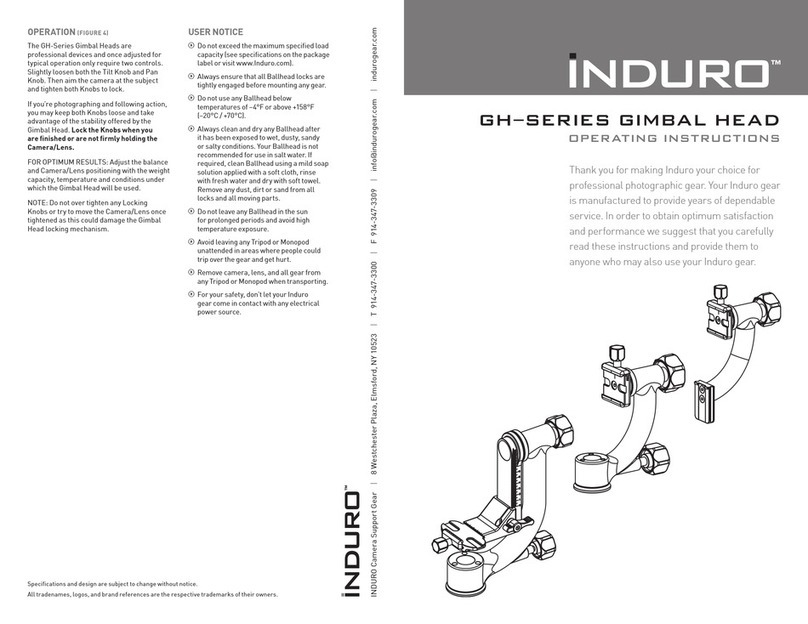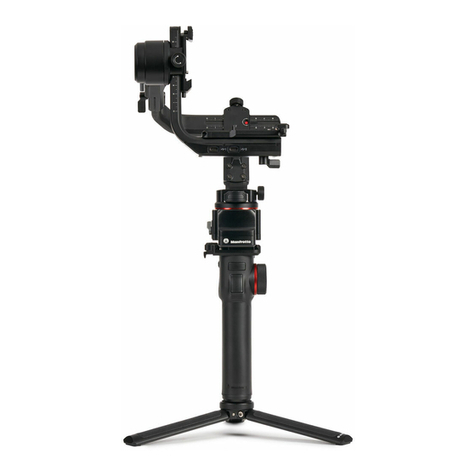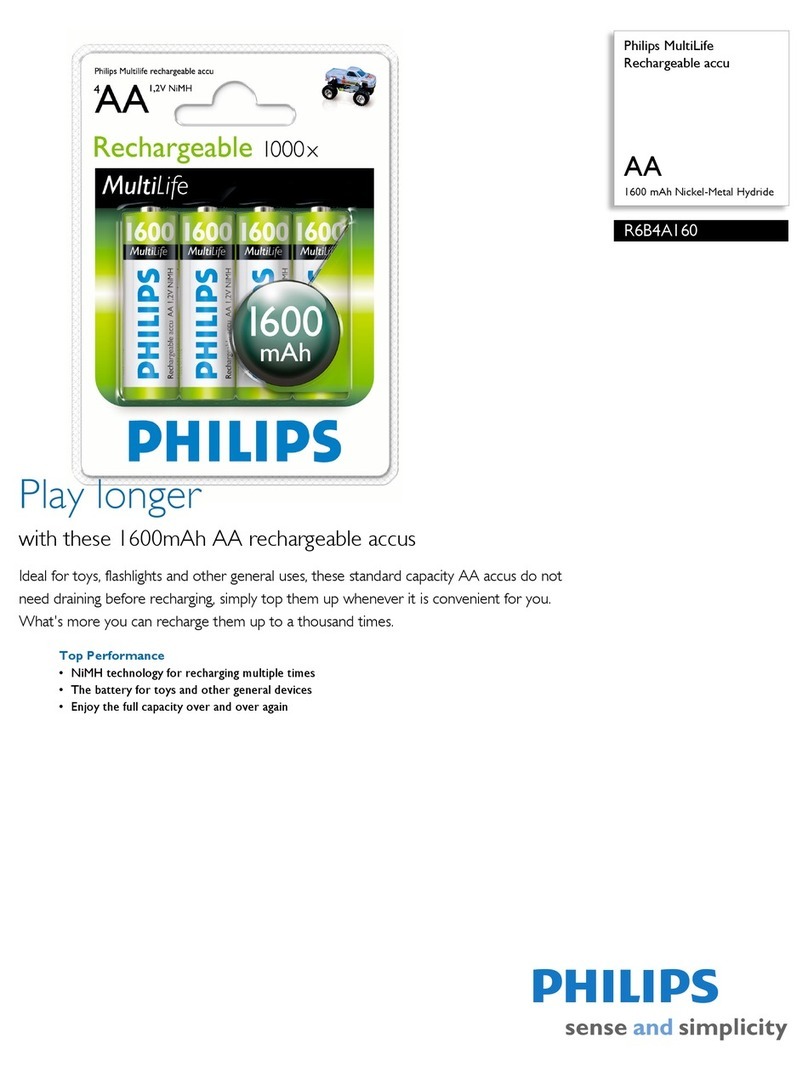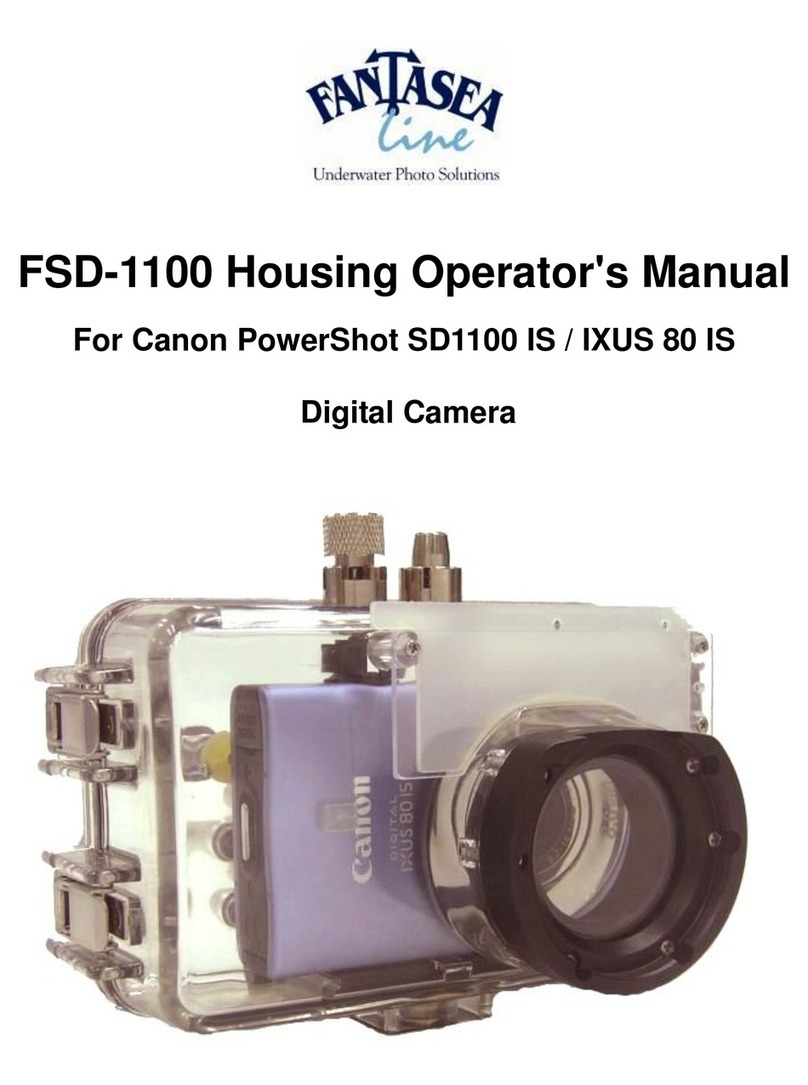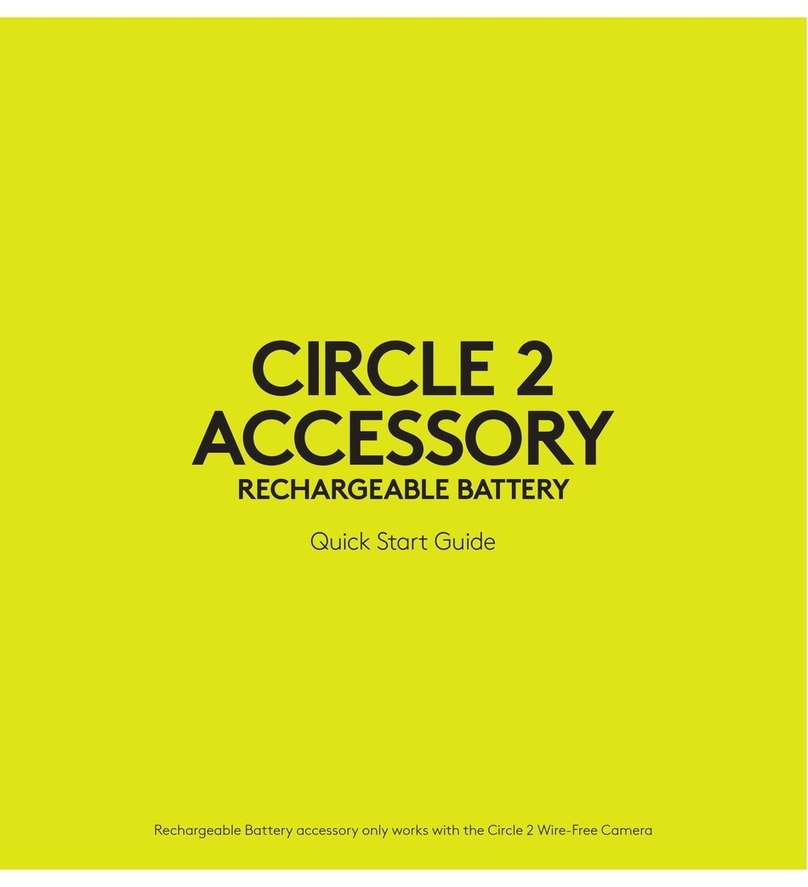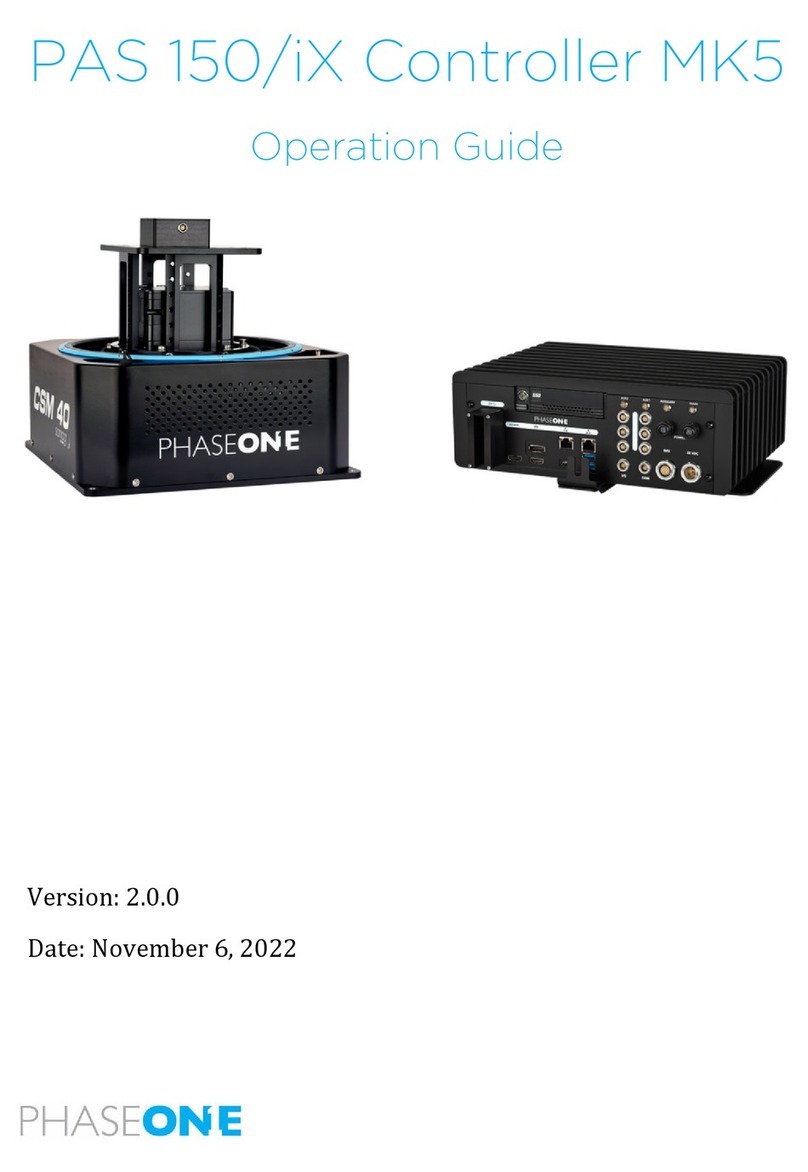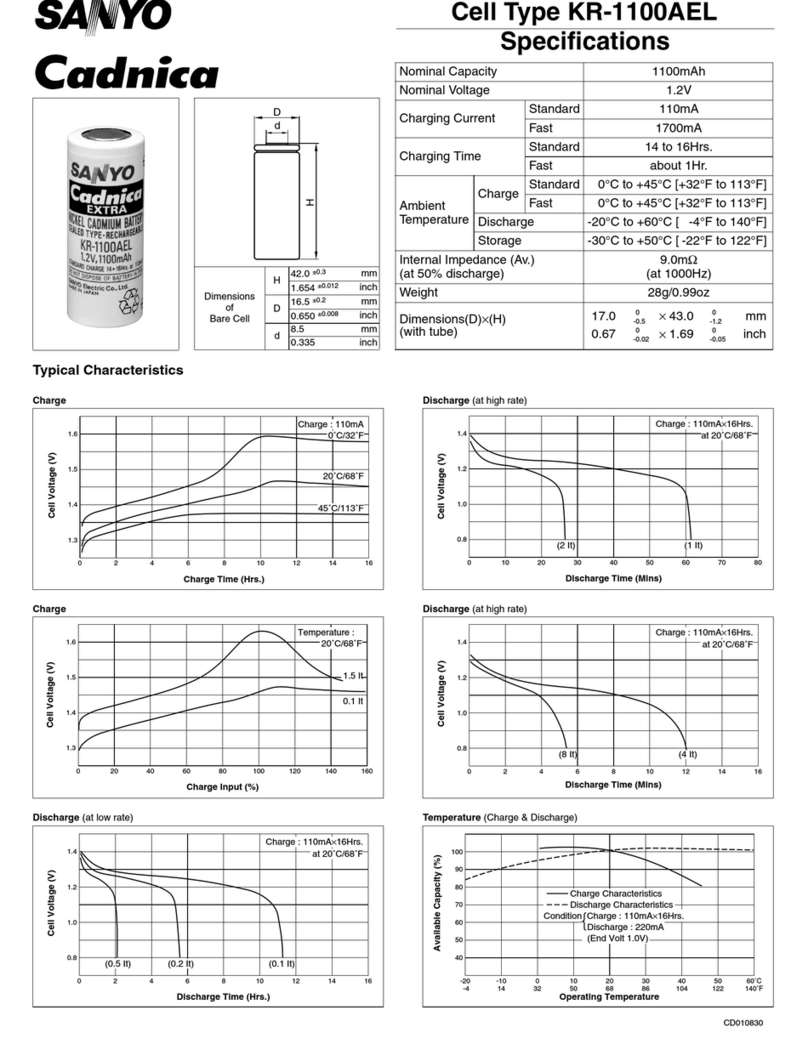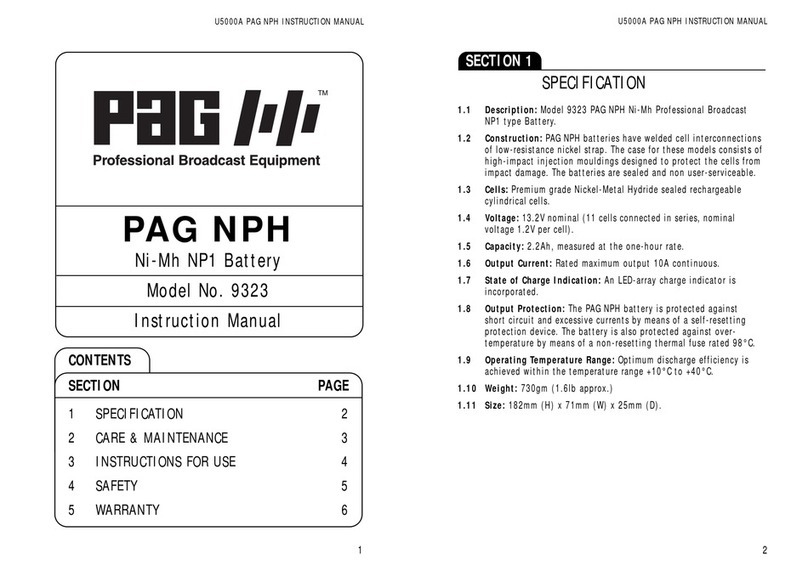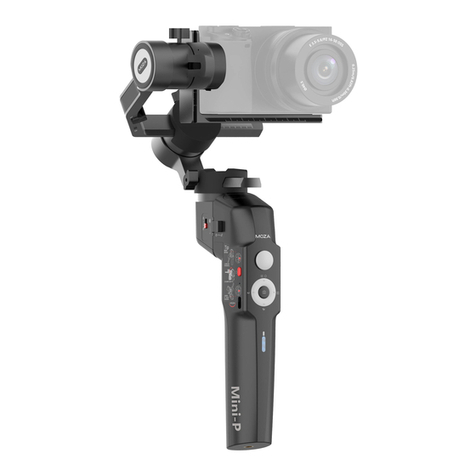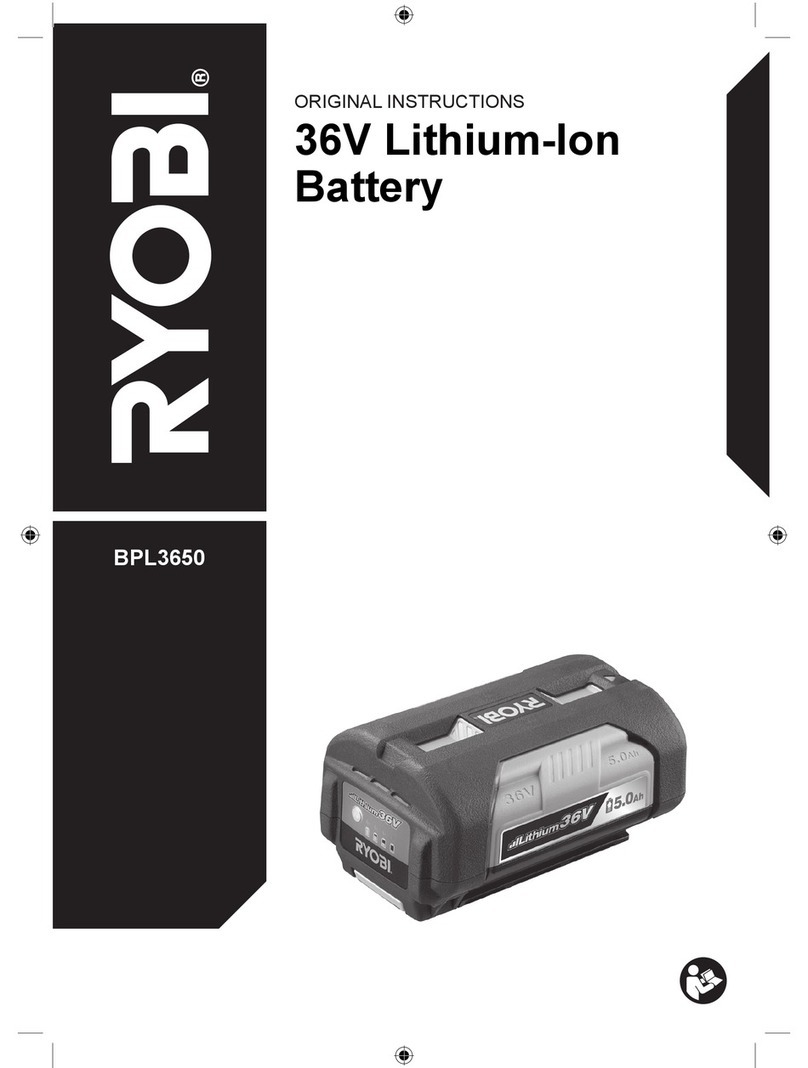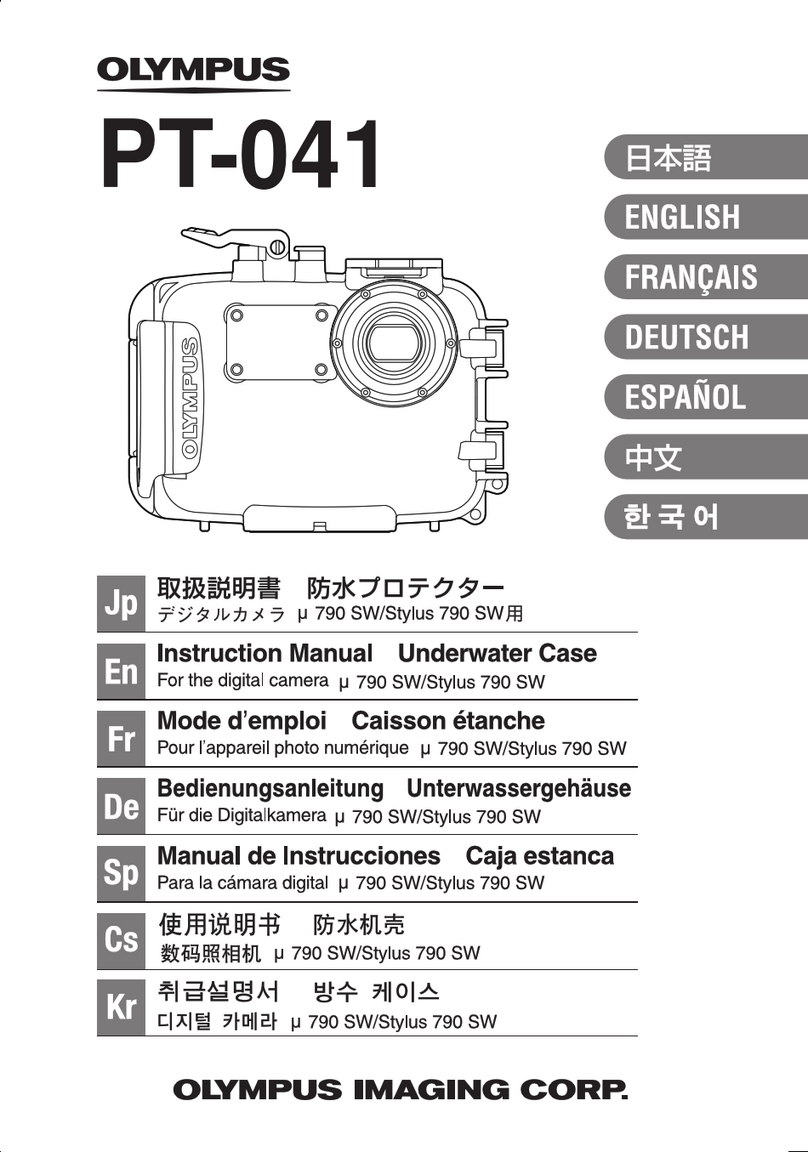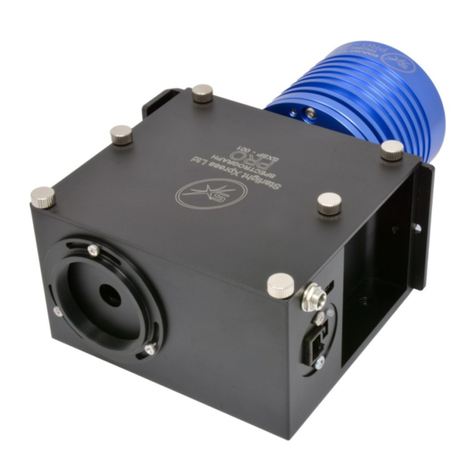Goodwe Lynx Home FH US Series User manual

V1.0-2022-11-01
User Manual
Rechargeable Li-ion Battery System
Lynx Home FH Series US

Copyright Statement
User Manual V1.0-2022-11-01
The information in this user manual is subject to change due to product updates or other
reasons. This guide cannot replace the product labels or the safety precautions in the user
manual unless otherwise specied. All descriptions here are for guidance only.
and other GOODWE trademarks are trademarks of GoodWe Technologies
Co.,Ltd. All other trademarks or registered trademarks mentioned in this manual are owned by
GoodWe Technologies Co.,Ltd.
Trademarks
NOTICE
No part of this manual can be reproduced or transmitted to the public platform
in any form or
by any means
without the prior written authorization of GoodWe.
Copyright©GoodWe Technologies Co.,Ltd. 2022. All rights reserved.

CONTENT User Manual V1.0-2022-11-01
II
Content
01 About This Manual ............................................................. 01
1.1 Applicable Model ..........................................................................................01
1.2 Target Audience ............................................................................................01
1.3 Symbol Denition .........................................................................................01
1.4 Updates .........................................................................................................01
2 IMPORTANT SAFETY INSTRUCTIONS ..................................... 02
2.1 General Safety ...............................................................................................02
2.2 Battery Safety ...............................................................................................02
2.3 Emergency Measures ...................................................................................04
03 Product Introduction ......................................................... 05
3.1 Product Overview .........................................................................................05
3.2 Application Scenarios ..................................................................................06
3.3 Appearance ...................................................................................................07
3.4 Dimensions ...................................................................................................08
04 Check and Storage ............................................................. 09
4.1 Check Before Receiving ................................................................................09
4.2 Deliverables ..................................................................................................09
4.3 Storage ..........................................................................................................10
5 System Installation .............................................................. 11
5.1 Installation Requirements ...........................................................................11
5.2 Installing the Battery System .......................................................................12
6 Electrical Connection ........................................................... 16
6.1 Safety Precaution .........................................................................................16
6.2 Electrical Connection ...................................................................................17
6.2.1 Installing the Wiring Conduit ................................................................................ 18
6.2.2 Connecting the Communication Cable ............................................................... 19
6.2.3 Connecting the Power Cable ................................................................................ 20
6.2.4 Connecting the Communication Cable ............................................................... 20
6.2.5 Connecting the Terminal Resistor ....................................................................... 22
6.2.6 Installing the top cover of the PCU ...................................................................... 22
07 System Operation .............................................................. 23
7.1 Check Before Power ON ................................................................................23
7.2 Power ON the Battery System .....................................................................23
7.3 Setting the Battery Parameters ...................................................................25

CONTENT
User Manual V1.0-2022-11-01
III
7.4 Indicator Status ............................................................................................26
7.4.1 Normal Status ........................................................................................................ 26
7.4.2 Alarming Status ..................................................................................................... 27
7.4.3 Faulty Status .......................................................................................................... 27
08 Maintenance ...................................................................... 29
8.1 Power OFF the Battery System ....................................................................29
8.2 Routine Maintenance ...................................................................................29
09 Parameters ........................................................................ 30

01 About This Manual
User Manual V1.0-2022-11-01
01
1.3 Symbol Denition
1.1 Applicable Model
1.2 Target Audience
1.4 Updates
The latest document contains all the updates made in earlier issues.
V1.0 2022-11-01
• First Issue
Dierent levels of warning messages in this manual are dened as follows:
This manual applies to the listed models below:
This manual applies to trained and knowledgeable technical professionals. The technical personnel
has to be familiar with the product, local standards, and electric systems.
• LX F9.6-30
• LX F12.8-30
• LX F16.0-30
• LX F19.2-30
This manual describes the product information, installation, electrical connection, commissioning,
troubleshooting and maintenance. Read through this manual before installing and operating the
product. All the installers and users have to be familiar with the product features, functions, and
safety precautions.
This manual is subject to update without notice. For more product details and latest documents,
visit https://en.goodwe.com.
DANGER
Indicates a high-level hazard that, if not avoided, will result in death or serious injury.
WARNING
Indicates a medium-level hazard that, if not avoided, could result in death or serious injury.
CAUTION
Indicates a low-level hazard that, if not avoided, could result in minor or moderate injury.
NOTICE
Highlight and supplement the texts. Or some skills and methods to solve product-related
problems to save time.
01 About This Manual

02 Safety Precaution User Manual V1.0-2022-11-01
02
2 IMPORTANT SAFETY INSTRUCTIONS
DANGER
• The battery system exists high voltage during the equipment running. Please keep Power O
before any operations to avoid danger. Strictly follow all safety precautions outlined in this
manual and safety labels on the equipment during the operation.
• The inverter used with the battery shall be approved by the battery manufacturer. The
approved list of battery and the matched inverter can be obtained through the ocial
website.
• Do not disassemble, modify, or replace any part of the battery or the power control unit
without ocial authorization from the manufacturer. Otherwise, it will cause electrical shock
or damages to the equipment, which shall not be borne by the manufacturer.
• Do not hit, pull, drag, squeeze or step on the equipment or put the battery into re. Otherwise,
the battery may explode.
• Do not place the battery in a high temperature environment. Make sure that there is no direct
sunlight and no heat source near the battery. When the ambient temperature exceeds 60℃,
it will cause re.
• Do not use the battery or the power control unit if it is defective, broken, or damaged.
Damaged battery may leak electrolyte.
• To protect the battery pack and its components from damage during transportation, please
ensure that the transportation personnel are professionally trained. All operations during the
transportation have to be recorded. The equipment shall be kept in balance, thus avoiding
falling down.
2.1 General Safety
2.2 Battery Safety
NOTICE
• The information in this user manual is subject to change due to product updates or other
reasons. This guide cannot replace the product labels or the safety precautions in the user
manual unless otherwise specied. All descriptions here are for guidance only.
• Before installations, read through the user manual to learn about the product and the
precautions.
• All operations should be performed by trained and knowledgeable technicians who are
familiar with local standards and safety regulations.
• Use insulating tools and wear personal protective equipment (PPE) when operating the
equipment to ensure personal safety. Wear anti-static gloves, cloths, and wrist strips when
touching electronic devices to protect the equipment from damage.
• Strictly follow the installation, operation, and conguration instructions in this manual. The
manufacturer shall not be liable for equipment damage or personal injury if you do not
follow the instructions. For more warrant information, please visit: https://en.goodwe.com/
warranty.
NOTICE
The products are designed and tested strictly to comply with related safety rules. Read and
follow all the safety instructions and cautions before any operations. Improper operation might
cause personal injury or property damage as the products are electrical equipment.
Please strictly follow these safety instructions in the user manual during the operation.
SAVE THESE INSTRUCTIONS

02 Safety Precaution
User Manual V1.0-2022-11-01
03
CAUTION
• Protect the battery system from damage during transportation and storage.
• The transportation must be carried out by trained professionals. All operations during the
process have to be recorded.
• Keep the equipment stable to avoid dumping, which can result in equipment damage and
personal injuries.
• Place the cables at least 30mm away from the heating components or heat sources,
otherwise the insulation layer of the cables may be aging or broken due to high
temperature.
•
• Tie the cables of the same type together, and place cables of dierent types at least 30mm
apart. Do not place the cables entangled or crossed.
Potential risks exist. Wear proper
personnel protective equipment
before any operations.
Install the equipment away from
re sources.
HIGH VOLTAGE HAZARD High
voltage exists during the
equipment’s running.
Ensure the equipment is power o
before any operations.
Keep the equipment away from
children.
Operate the equipment properly to
avoid explosion danger.
It is forbidden to dismantle the
equipment personally.
The equipment contains corrosive
electrolytes. In case of a leak in
the equipment, avoid contact the
leaked liquid or gas.
Do not short-circuit the positive
and negative pole of the
equipment. Otherwise it may
cause damage to the cables.
Batteries contain ammable
materials, beware of re. Grounding point.
Read through the user manual
before any operations.
SGS marking for United States
and Canada
Label Description
DANGER
• The battery equipment is heavy. Please equip the corresponding personnel according to its
weight, so that the equipment does not exceed the weight range of the human body can
carry, and cause personnel injury.
• Contact After Sale Service immediately if the battery is not able to be started. Otherwise, the
battery might be damaged permanently.
• Do not move the battery system if it is connected with external battery modules. Contact
after-sales service if the battery shall be replaced or added.

02 Safety Precaution User Manual V1.0-2022-11-01
04
Battery Electrolyte Leakage
Fire
• The battery may explode when the ambient temperature exceeds 150℃. Poisonous and
hazard gas may be released if the battery is on re.
• In the event of a re, please make sure that the carbon dioxide extinguisher or Novac1230 or
FM-200 is nearby.
• The re cannot be put out by water or ABC dry powder extinguisher. Fireghters are required
to wear full protective clothing and self-contained breathing apparatus.
If the battery module leaks electrolyte, avoid contact with the leaking liquid or gas. The
electrolyte is corrosive. It will cause skin irritation or chemical burn to the operator. Anyone
contact the leaked substance accidentally has to do as following:
• Breath in the leaked substance: Evacuate from the polluted area, and seek immediate
medical assistance.
• Eye contact: Rinse your eyes for at least 15 minutes with clean water and seek immediate
medical assistance.
• Skin contact: Thoroughly wash the touch area with soap and clean water, and seek immediate
medical assistance.
• Ingestion: Induce vomiting, and seek immediate medical assistance.
2.3 Emergency Measures

User Manual V1.0-2022-11-01 03 Product Introduction
05
03 Product Introduction
The battery system, which consists of a power control unit (PCU for short) and battery modules,
can store and release the electric energy according to the requirements of the solar energy
storage system. The input and output ports of the energy storage system are high voltage direct
current ports.
The battery system supports capacity expansion. A maximum of 6 battery modules can be used
to extend the usable energy of the battery system.
3.1 Product Overview
Intended usage
Usable energy description
9.60kWh
Battery system 1 Battery system 2 Battery system N
12.80kWh
16.00kWh
19.20kWh
Battery 1 Battery 1
Battery 2 Battery 2 Battery 2 Battery 2
Battery 1 Battery 1
Battery 3 Battery 3 Battery 3 Battery 3
Battery 4 Battery 4 Battery 4
Battery 5 Battery 5
Battery 6
A max of eight battery systems can be parallel connected in one energy storage system. Ensure
that the usable energy of each battery system is the same.
2≤N≤8

03 Product Introduction User Manual V1.0-2022-11-01
06
3.2 Application Scenarios
Scan the QR code below or visit the ocial website to get the Approved Inverter List matched
with the Battery System.
Approved inverter list
GoodWe Inverter GE Inverter
Battery
system 1
Battery
system N
PV string
Battery
breaker
Loads
AC circuit
breaker
AC circuit
breaker
Smart
meter
Utility
meter
Utility grid
Inverter

User Manual V1.0-2022-11-01 03 Product Introduction
07
3.3 Appearance
Battery system appearance
Battery appearance
Base appearance
No. Parts
1PCU
2, 3, 4, 5, 6, 7 Battery
8 Base
NOTICE
• Ensure that the PCU is installed
above the battery modules. Do
not install any battery modules
above the PCU.
• This manual will show you
the installation and electrical
connection of 6 battery modules.
No. Parts
1 Spacing hole
2Positioning pin
3 Rectangular connector
No. Parts
1 Spacing hole
2Positioning pin
3 Rectangular connector
4Adjustable feet

03 Product Introduction User Manual V1.0-2022-11-01
08
Right View Left View
Front View
Power control unit appearance
No. Parts
1Ventilation valve
2 Cable hole
3Air switch
4 SOC indicator
5 Button indicator
6 Battery serial connection interface
3.4 Dimensions

User Manual V1.0-2022-11-01 04 Check and Storage
09
Power control
unit x1
Terminal
resistor x1
Base-Battery
Spacing pin xN
M5*12 screw x4
Base x1 M6 screw x1 Expansion
bolt x6
Grounding
terminal x1
User Manual x1
Locking
bracket x6
PCU-Battery
Spacing pin x2
Adjustable
feet x4
Power
terminal x2
4.2 Deliverables
04 Check and Storage
4.1 Check Before Receiving
Check the following items before receiving the product.
1. Check the outer packing box for damage, such as holes, cracks, deformation, and other
signs of equipment damage. Do not unpack the package and contact the supplier as soon as
possible if any damage is found.
2. Check the product model. If the product model is not what you requested, do not unpack the
product and contact the supplier.
3. Check the deliverables for correct model, complete contents, and intact appearance. Contact
the supplier as soon as possible if any damage is found.
Power control unit

04 Check and Storage User Manual V1.0-2022-11-01
10
Battery-Battery
Spacing pin x2
Battery x1
Battery module
4.3 Storage
If the equipment is not to be installed or used immediately, please ensure that the storage
environment meets the following requirements:
1. Do not unpack the outer packing box or throw the desiccant away.
2. Complete the equipment installation in three days after unpacking it. Pack and store the
equipment using the original packing box if it is not installed.
3. Stack the equipment complying with the labels and requirements on the packing box.
4. The equipment must be stacked with caution to prevent them from falling.
5. Keep the equipment away from ammable, explosive, and corrosive matters.
6. Place the equipment in a cool place where away from direct sunlight.
7. Store the equipment in a clean place. Make sure the temperature and humidity are
appropriate and no condensation.
8. Storage SOC: 25%~50% SOC. Circle the charge-discharge every 3 months.
9. Recommended storage temperature: -20~45℃ (less than one month) or 0℃~35℃ (less than
one year).
10.Recommended storage humidity: 0%~95%RH (no condensation). Do not install the battery if
there is any moisture or condensation.

User Manual V1.0-2022-11-01 05 System Installation
11
Keep the
equipment away
from children.
5.1 Installation Requirements
5 System Installation
Installation Environment Requirements
1. Do not install the equipment in a place near ammable, explosive, or corrosive materials.
2. Do not install the equipment in a place that is easy to touch, especially within children’s reach.
High temperature exists when the equipment is working. Do not touch the surface to avoid
burning.
3. Avoid thewater pipes and cables buried in the wall when drilling holes.
4. Install the equipment in a sheltered place to avoid direct sunlight, rain, and snow. Build a
sunshade if it is needed.
5. Install the equipment in a well-ventilated place to ensure good dissipation. Also, the
installation space should be large enough for operations.
6. The equipment with a high ingress protection rating can be installed indoors or outdoors.
The temperature and humidity at the installation site should be within the appropriate range.
7. Install the equipment at a height that is convenient for operation and maintenance, electrical
connections, and checking indicators and labels.
8. The altitude to install the equipment shall be lower than the maximum working altitude
3000m (9842ft).

05 System Installation User Manual V1.0-2022-11-01
12
NOTICE
• Ensure that the ground is at and no inclination.
• Ensure that the base stands on the oor vertically.
• Ensurethat the base clings to the wallwith its arrow directs at the wall
• Align the holes of the upper and the lower battery modules when placing the upper battery
module.
• Put the locking bracket of the PCU cling to the wall, and ensure that the bottom of the PCU
is vertically and closely put on the battery.
• Cover the equipment with a cardboard to prevent foreign matters when drilling holes.
• Beware of the batteries and PCU falling down.
• Do not install the base and the locking bracket on one side.
Mounting Support Requirements
• The mounting support shall be nonammable and reproof.
• Install the equipment on a surface that is solid enough to bear the product weight.
• Put the battery system near the wall and install the locking brackets to prevent the battery
from falling down.
Installation Angle Requirements
• Install the equipment vertically, no tilt or upside down.
CAUTION
• Operations such as transportation, turnover, installation and so on must meet the
requirements of the laws and regulations of the country or region where it is located.
• Move the equipment to the site before installation. Follow the instructions below to avoid
personal injury or equipment damage.
1. Consider the weight of the equipment before moving it. Assign enough personnel to
move the equipment to avoid personal injury.
2. Wear safety gloves to avoid personal injury.
3. Keep balance to avoid falling down when moving the equipment.
5.2.1 Moving the Equipment
5.2 Installing the Battery System
5.2.2 Installing the Battery System

User Manual V1.0-2022-11-01 05 System Installation
13
Step 1: Install the adjustable feet to the base.
Step 2: Install the locking bracket to the base.
Step 3: Place the base cling to the wall and mark the drilling positions. Then remove the base.
Step 4: Drill holes with the hammer drill.
Step 5: Fasten the expansion bolts, ensuring the base is rmly installed.
Step 6: Install the battery to the base.
Step 7: Install the batteries from the bottom up as the instruction of Step 6.
Step 8: Install the locking bracket of the PCU.
Step 9: Put the PCU above the installed battery module securely. Mark the drilling hole with a
marker, then remove the PCU.
Step 10: Drill holes with the hammer drill.
Step 11: Fasten the expansion bolts, ensuring the PCU is rmly installed.
Step 12: Open the top cover of the PCU.
Step 13: Install the positioning pin between the PCU and the battery.
NOTICE
• Keep the fastening screws after opening the top cover of PCU for later usage.
• If you need to open the top cover of PCU in rain or snow, please take protective measures
to prevent rain or snow from entering the maintenance chamber. If it is not able to be
guaranteed, do not open the top cover.

05 System Installation User Manual V1.0-2022-11-01
14

User Manual V1.0-2022-11-01 05 System Installation
15

06 Electrical Connection User Manual V1.0-2022-11-01
16
6 Electrical Connection
NOTICE
• Wear personal protective equipment like safety shoes, safety gloves, and insulating gloves
during electrical connections.
• All electrical connections should be performed by qualied professionals.
• Cable colors in this document are for reference only. The cable specications shall meet local
laws and regulations.
DANGER
INSTRUCTIONS PERTAINING TO A RISK OF FIRE OR ELECTRIC SHOCK
• Perform electrical connections, including operations, cables, and component specications
in compliance with local laws and regulations ANSI/NFPA 70.
• The battery system exists high voltage during the equipment running. Please keep Power
O before any operations to avoid danger. Strictly follow all safety precautions outlined in
this manual and safety labels on the equipment during the operation.
• All operations, cables and parts specication during the electrical connection shall be in
compliance with local laws and regulations.
• Tie the same type cables together, and place them separately from cables of dierent types.
Do not place the cables entangled or crossed.
• When crimping the terminals, ensure that the conductor part of the cable is in full contact with
the terminals. Do not crimp the cable jacket with the terminal. Otherwise the charger may
not operate, or its terminal block getting damaged due to heating and other phenomenon
because of unreliable connection after operation.
6.1 Safety Precaution
WARNING
GROUNDING INSTRUCTIONS
This product must be connected to a grounded, metal, permanent wiring system, or an
equipment-grounding conductor must be run with the circuit conductors and connected to
the equipment grounding terminal or lead on the product.
This manual suits for next models
4
Table of contents
Other Goodwe Camera Accessories manuals

Goodwe
Goodwe Lynx Home F Series User manual
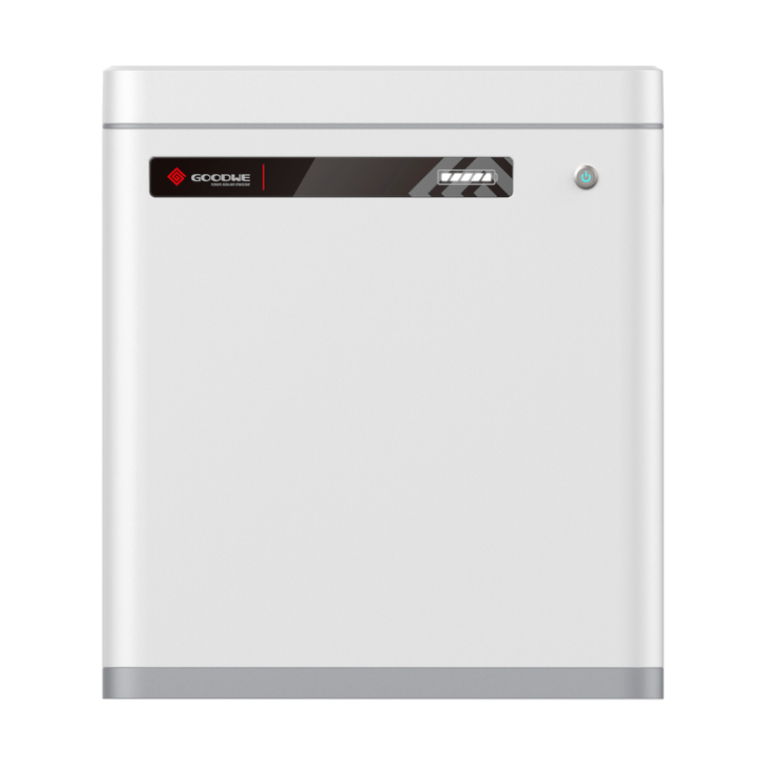
Goodwe
Goodwe Lynx Home U Series User manual
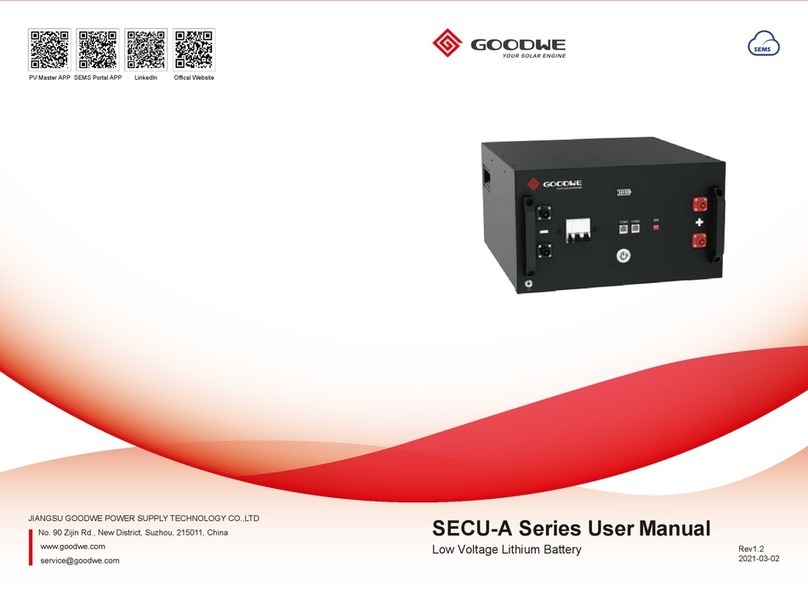
Goodwe
Goodwe SECU-A Series User manual
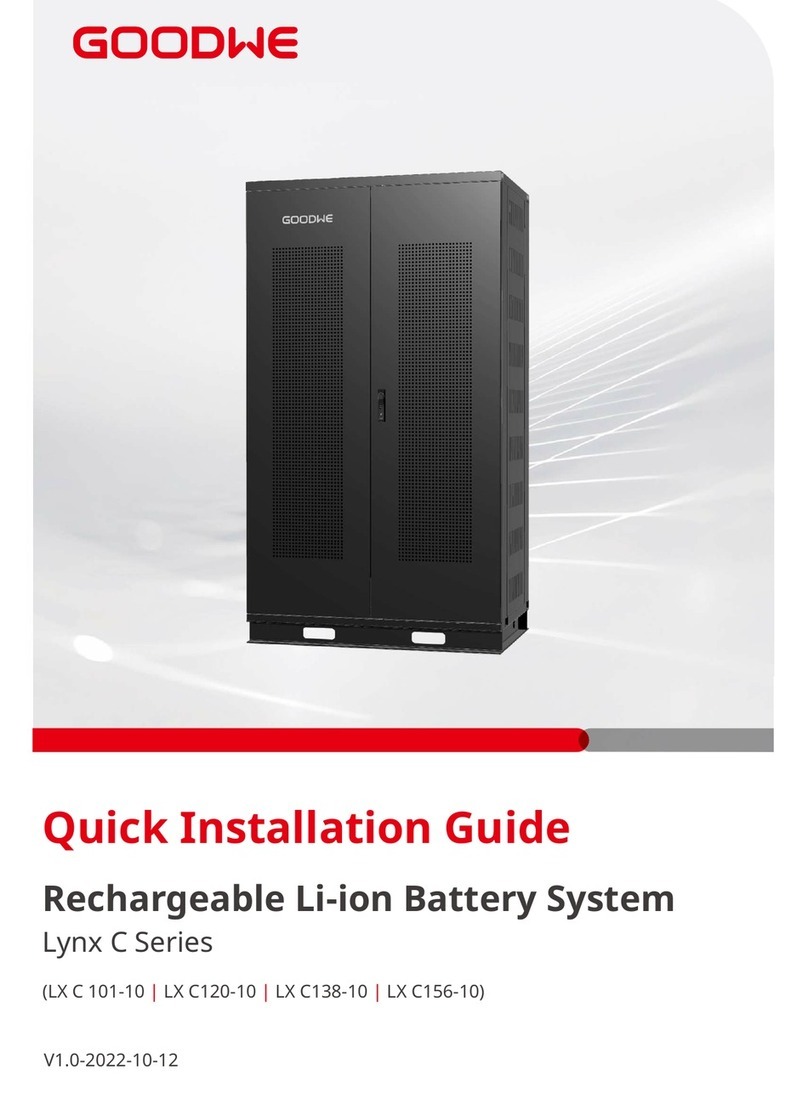
Goodwe
Goodwe Lynx C Series User manual

Goodwe
Goodwe Lynx Home S Series User manual

Goodwe
Goodwe Lynx C Series User manual

Goodwe
Goodwe Lynx Home U Series User manual

Goodwe
Goodwe Lynx Home F Plus+ Series User manual

Goodwe
Goodwe ET Series User manual

Goodwe
Goodwe Lynx C Series User manual





